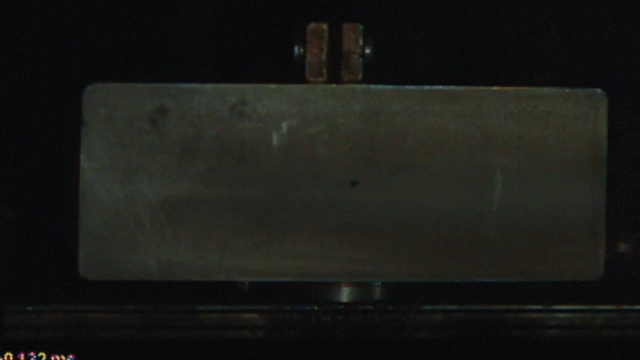NASA is up to something in Las Cruces, New Mexico. In this remote location, the agency is studying how different spacecraft designs will interact with super-tiny rocks whipping through space.
As NASA gears up for more missions off our planet, there’s a lot that can go wrong. From rocket failures to leaky airlocks, you might be surprised to hear that an equal or even greater threat are bits of tiny space rock that the untrained eye might categorise as nothing more than dust.
But to NASA, these rocks are a huge source of potential destruction for spacecraft travelling through the void, like the future Mars Sample Return Mission. These specks of dust are known to scientists as micrometeoroids, and in a remote facility in New Mexico, NASA is testing new ways to protect spacecraft carrying Martian surface samples.
“NASA White Sands is a remote test facility that the agency uses for some of the more dangerous testing that is needed to support the NASA missions,” said Marcus Sandy, a manager at the White Sands Test Facility in New Mexico, in a video.
The Remote Hypervelocity Test Laboratory is located within White Sands and features a 69-metre gun. The gun is powered with pressurised hydrogen gas and is able to shoot small pellets through a vacuum at speeds up to 6.7 metres per second — which could get you from New York to San Francisco in about five minutes. According to NASA, engineers spent three days setting up a one-second long experiment, which aims to simulate what would happen if NASA spacecraft collided with a micrometeroid during the trek to or from Mars.
“The goal here is to see how well those materials withstand those impacts to make sure that we don’t lose containment of our sample,” said Russ Stein, a NASA product design lead specialist for the Mars Sample Return mission.
While the pellets that emerge from the gun are moving at incredibly fast speeds, the micrometeroids that pepper space are moving about six times faster — around 80 kilometres per second. Figuring out which designs and materials are best for protecting precious Earth-bound Mars samples is crucial for our ability to study — and possibly even travel — to the Red Planet.
